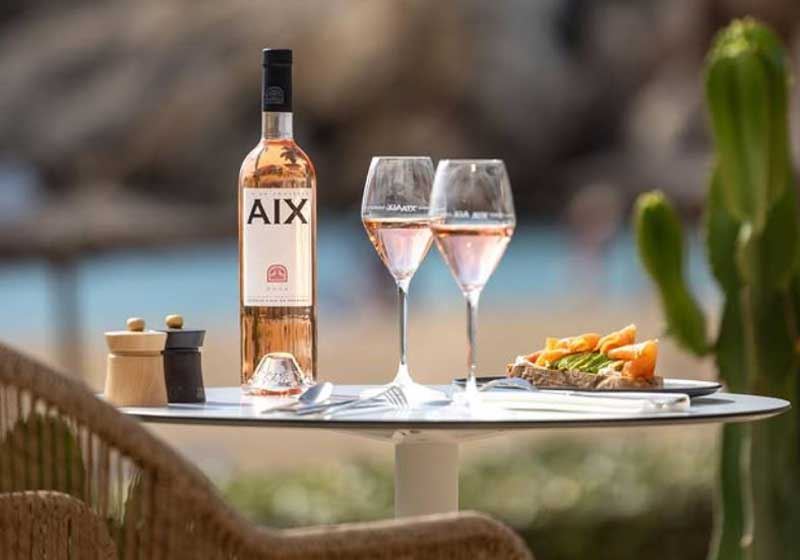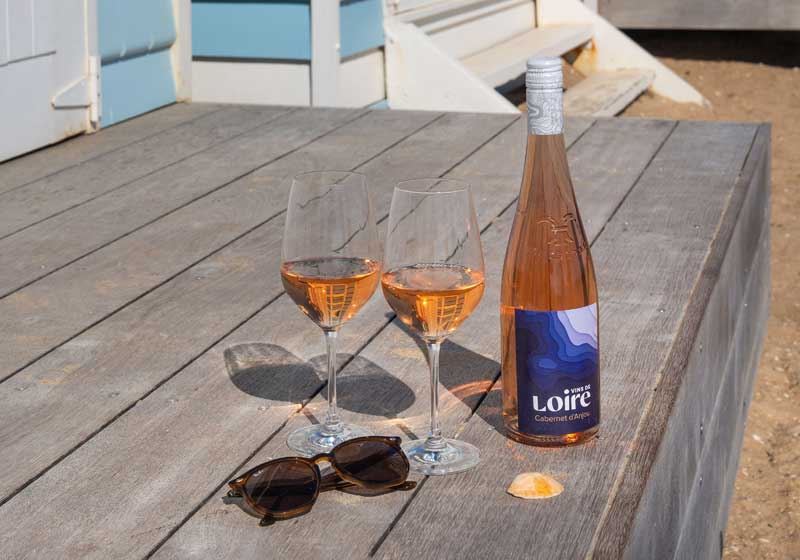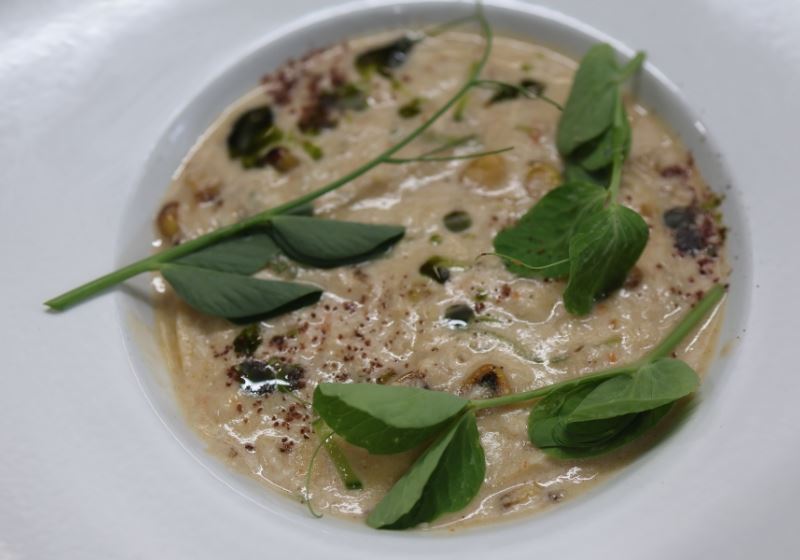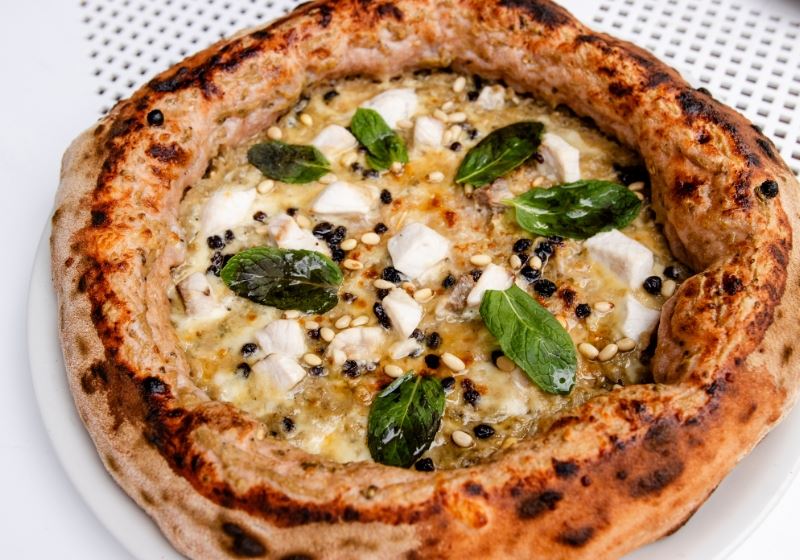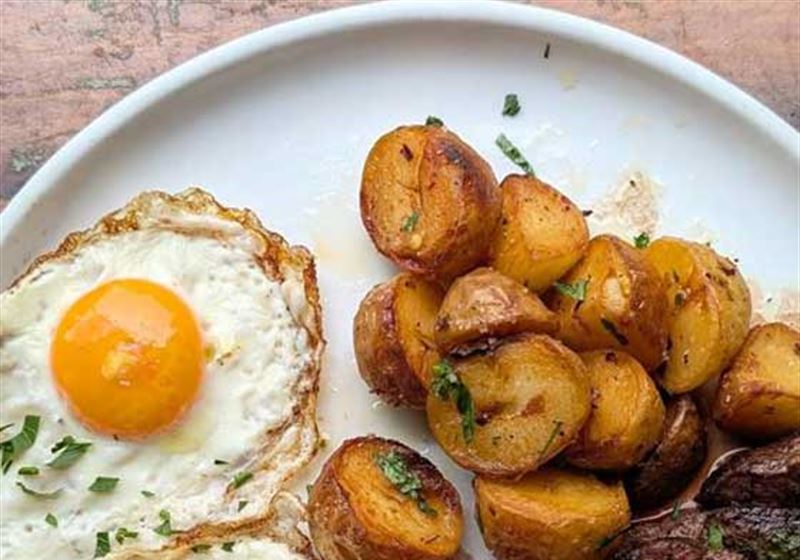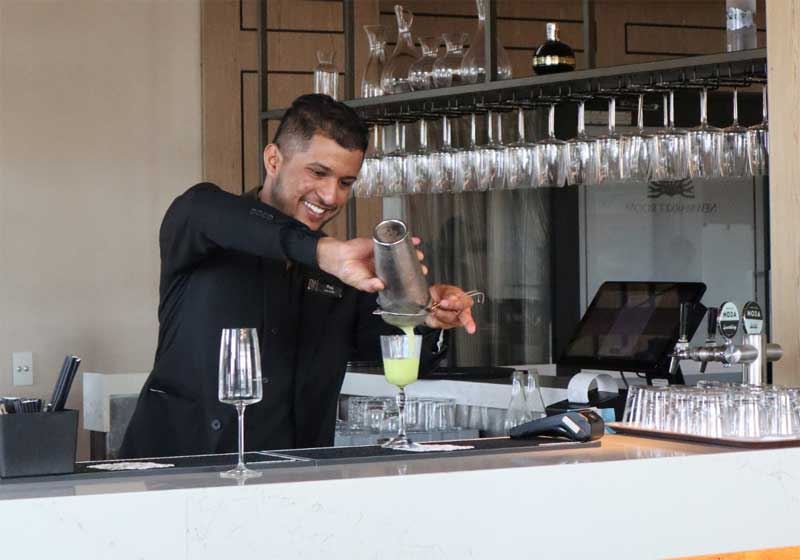By Leigh O’Connor.
There is a kind of alchemy that happens when spice meets wine - a meeting of heat, aroma and liquid silk that can transform a meal from pleasant to extraordinary.
Spices are storytellers; they carry the memory of ancient trade routes, the hum of distant kitchens and the artistry of cultures that learned to weave fire, fragrance and flavour into their food.
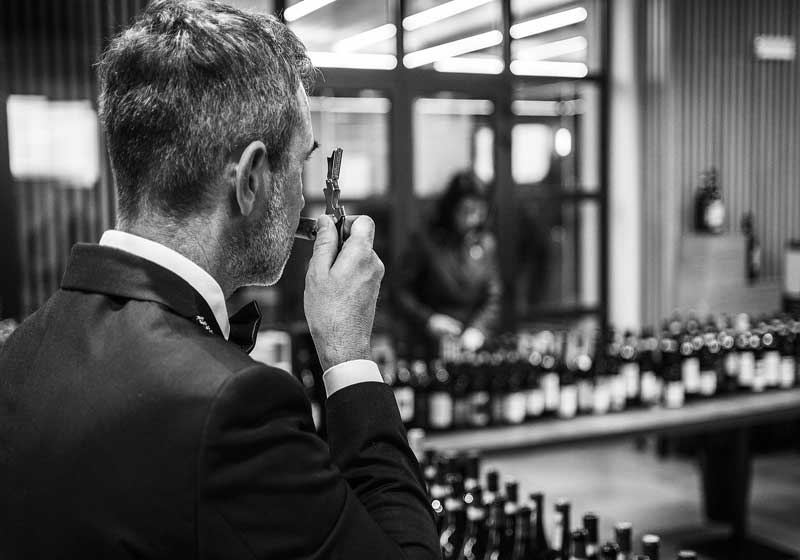
Wine, too, tells a story - of soil and climate, of patient fermentation, of the hand of the vintner. When the two come together, the Sommelier’s role is that of a matchmaker, coaxing harmony out of what might otherwise be cacophony.
The Dance of Heat and Sweetness
When chilli or pepper sends sparks across the tongue, a Sommelier will often look to wines with a gentle sweetness or low alcohol to soften the blow. Think of a vibrant Riesling, its orchard-fruit sweetness cushioning the intensity of Szechuan peppercorns, or a Gewürztraminer, with its perfumed lychee notes taming the bite of Thai green curry.
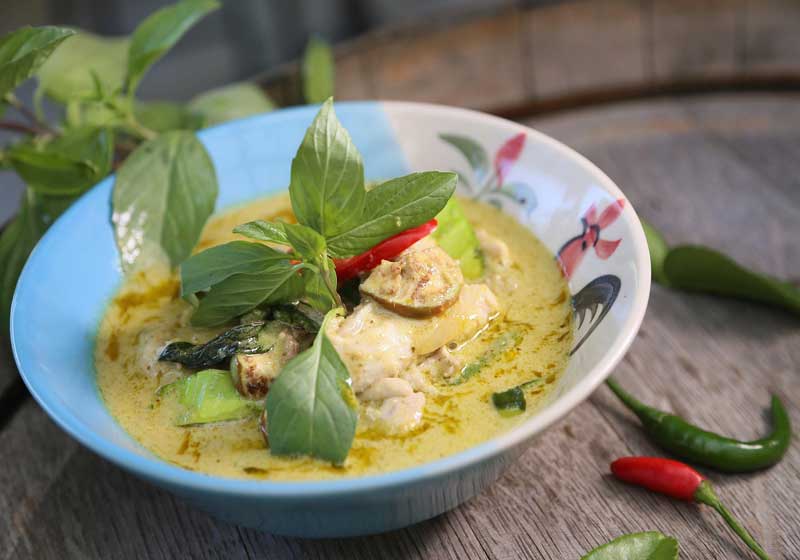
These wines don’t extinguish the fire but rather cradle it, turning raw heat into a slow-burning warmth that lingers gracefully.
Aromatic Mirrors
Spices are not just about heat - they are fragrance, earthiness and brightness. A dish laced with cumin, coriander, or cardamom yearns for a wine with aromatic resonance. The floral lift of a Viognier, with whispers of jasmine and apricot, can echo the exotic perfume of Moroccan tagines.
A Pinot Noir, light on its feet yet expressive, can trace the earthy contours of cinnamon, clove, or five-spice, its red fruit and gentle spice notes drawing the dish and the glass into perfect balance.
Bold Flavours, Bold Companions
Some spices demand a partner of equal strength. Smoked paprika, black pepper, or star anise will quickly overshadow delicate wines, so the Sommelier turns to bottles with bold structure and intensity.

A Syrah, with its peppery bite and dark fruit core, can stand shoulder to shoulder with charred meat rubbed in spice. Zinfandel, with its jammy richness and touch of spice on the finish, finds its soulmate in barbeques where chilli, cumin and garlic reign. The pairing becomes a conversation, a sparring match where both spice and wine shine without silencing each other.
Cooling the Flame
At times, the role of wine is to soothe rather than to spar. Dishes with ginger, mustard seed, or hot chillies can overwhelm unless tempered by a glass that refreshes and cools. Sparkling wines - whether a crisp Prosecco or a mineral-driven Champagne - offer effervescence that scrubs the palate clean.
The bubbles carry away intensity and leave behind clarity, inviting another bite, another sip, in a cycle of fiery heat and cleansing sparkle.
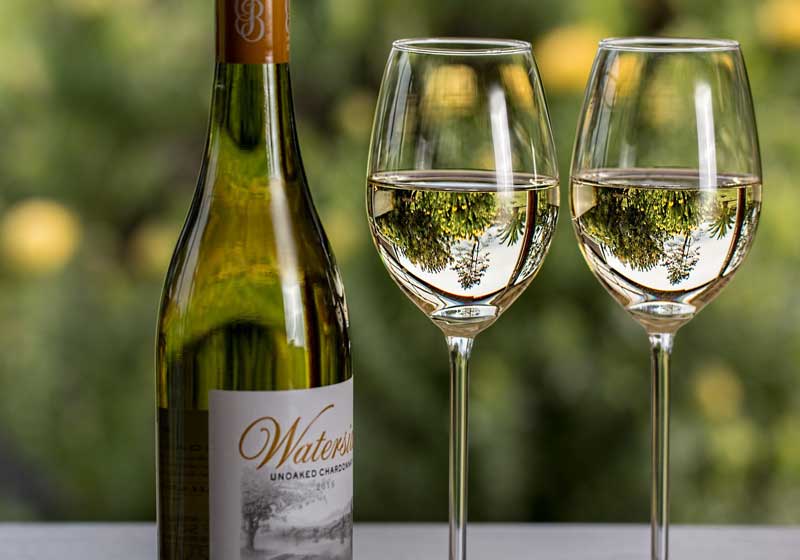
The Element of Surprise
Perhaps the most magical pairings are those that defy expectation. A curry rich with turmeric and fenugreek might find harmony in an oaked Chardonnay, where buttery notes complement the dish’s richness while acidity cuts through its density.
A dessert spiced with nutmeg and clove can be elevated by a late-harvest wine, where concentrated sweetness meets the spice head-on, creating something greater than the sum of its parts. These pairings reveal wine not as an accessory, but as an integral voice in the flavour symphony.
A Conversation of Cultures
Pairing wine with spice is not about rigid rules but about dialogue - between kitchen and vineyard, between palate and memory. A Sommelier’s gift is to listen to what the spice is saying and find a wine that not only complements but converses with it.
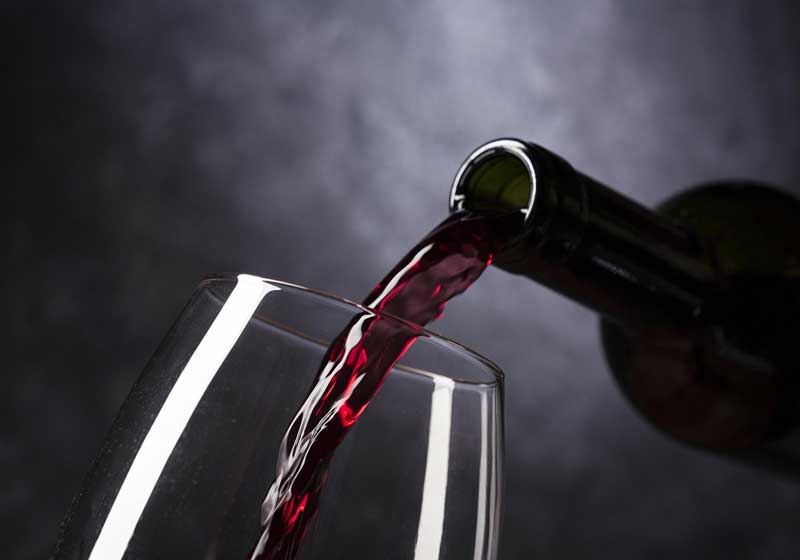
The right pairing can carry you across continents and centuries in a single mouthful. It is travel without leaving the table, an invitation to taste the world’s complexity distilled into food and drink.
When done well, it is not just a pairing but an experience - a reminder that both spice and wine are meant to be shared, savoured and celebrated.



